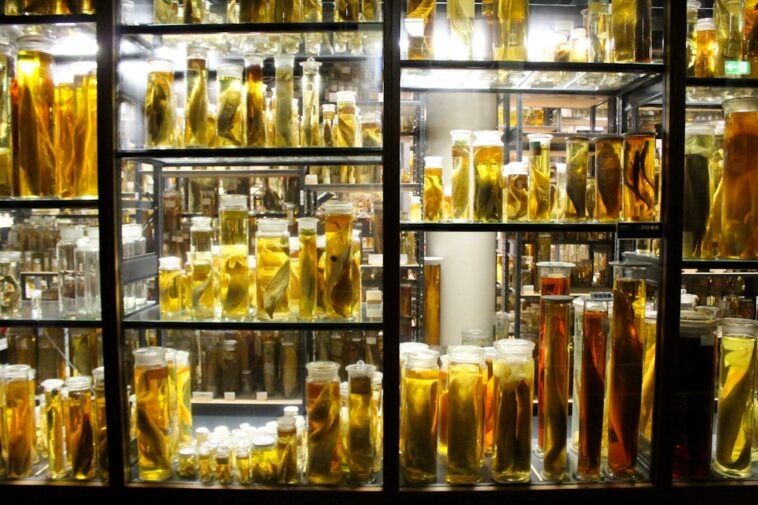Fresh flowers bring so much joy and beauty into our lives. Whether they’re a gift from a loved one, a treat for yourself, or decorations for a special occasion, it’s natural to want to hold onto their loveliness for as long as possible. Luckily, there are several effective ways to preserve flowers, allowing you to cherish those blooms far beyond their natural lifespan.
Air Drying: The Classic Method
Air drying is one of the oldest and simplest methods for preserving flowers. It works best with flowers that have less moisture, like roses, lavender, statice, and strawflowers. The process is straightforward, but patience is key!
Here’s how to air dry your flowers:
- Gather your materials: You’ll need your flowers, string or twine, and a dark, dry, well-ventilated space. A closet, attic, or spare room works well.
- Prepare the flowers: Remove any excess leaves from the stems. This will help prevent mold growth during the drying process.
- Bundle the flowers: Gather the flowers into small bundles, usually no more than 5-6 stems per bundle. This allows for better air circulation.
- Tie the bundles: Securely tie the stems together with string or twine, leaving enough string to hang them.
- Hang the bundles: Hang the bundles upside down in your chosen dark, dry, and well-ventilated space. Make sure the bundles are not touching each other to allow for proper air circulation.
- Wait patiently: This is the hardest part! It can take anywhere from 2-4 weeks for the flowers to completely dry. You’ll know they’re ready when the petals feel papery and crisp to the touch.
Once the flowers are dried, you can carefully take them down and use them in arrangements, wreaths, or other decorative projects. A light spray of hairspray can help protect them from dust and moisture.
Pressing Flowers: For Flat Beauty
Flower pressing is a fantastic way to preserve delicate blooms and create beautiful keepsakes. Pressed flowers are perfect for framing, scrapbooking, or incorporating into crafts.
Here’s how to press your flowers:
- Gather your materials: You’ll need your flowers, absorbent paper (like blotting paper, parchment paper, or even coffee filters), heavy books (phone books or dictionaries work well), or a flower press.
- Prepare the flowers: Choose flowers that are relatively flat and dry. Remove any excess leaves or stems that you don’t want to press.
- Arrange the flowers: Place a sheet of absorbent paper on a flat surface. Arrange the flowers on the paper, making sure they don’t overlap.
- Cover the flowers: Cover the flowers with another sheet of absorbent paper.
- Press the flowers: Place the absorbent paper with the flowers inside a heavy book, or in your flower press. If using a book, add more heavy books on top for extra pressure.
- Wait patiently (again!): Pressing flowers takes time. Check on them after a week or two, replacing the absorbent paper if it’s damp. The flowers are usually fully pressed in 2-4 weeks.
Once the flowers are pressed, they will be delicate, so handle them with care. You can use tweezers to lift them and arrange them as desired.
Silica Gel: The Fast and Effective Method
Silica gel is a desiccant, meaning it absorbs moisture. This makes it an excellent choice for preserving flowers while maintaining their color and shape. It works particularly well for flowers with multiple petals, like roses, dahlias, and zinnias.
Here’s how to preserve flowers with silica gel:
- Gather your materials: You’ll need silica gel crystals (available at craft stores), an airtight container, and your flowers.
- Prepare the flowers: Cut the stems of the flowers, leaving about 1-2 inches.
- Pour silica gel into the container: Pour a layer of silica gel crystals into the bottom of your airtight container.
- Arrange the flowers: Gently place the flowers in the container, making sure they are not touching each other.
- Cover the flowers with silica gel: Carefully pour more silica gel crystals over the flowers, making sure to completely cover them. Gently shake the container to ensure the crystals settle around the petals.
- Seal the container: Seal the airtight container tightly.
- Wait: The drying time depends on the type of flower. Smaller flowers may only take a few days, while larger flowers may take up to a week or more.
- Remove the flowers: Carefully remove the flowers from the silica gel. Use a soft brush to gently remove any remaining crystals.
Silica gel can be reused, but it needs to be dried out in the oven before each use. Follow the instructions on the silica gel packaging for drying instructions.
Glycerin: For Supple Preservation
Glycerin is a liquid that replaces the water in plant cells, leaving the flowers pliable and soft rather than brittle. This method works well for foliage and some types of flowers, like hydrangeas and eucalyptus.
Here’s how to preserve flowers with glycerin:
- Gather your materials: You’ll need glycerin (available at craft stores or pharmacies), water, a container, and your flowers or foliage.
- Prepare the solution: Mix one part glycerin with two parts hot water in a container.
- Prepare the stems: Cut the stems of the flowers or foliage at an angle. You can also crush the ends of woody stems to help them absorb the solution better.
- Place the flowers in the solution: Place the stems in the glycerin solution.
- Wait: This process can take several days to several weeks, depending on the type of flower or foliage. You’ll know the preservation is complete when you see small droplets of glycerin on the leaves.
Once the flowers are preserved, remove them from the solution and gently wipe off any excess glycerin.
Resin: Encapsulating Memories
Preserving flowers in resin is a more modern approach that allows you to completely encase your blooms in a clear, protective layer. This method is perfect for creating jewelry, paperweights, or other decorative items.
Safety Note: Working with resin requires proper ventilation and safety precautions. Always read and follow the manufacturer’s instructions carefully.
Here’s a simplified overview of how to preserve flowers in resin (consult specific resin product instructions for precise steps):
- Gather your materials: You’ll need resin, hardener, molds, dried flowers, mixing cups, stir sticks, and gloves.
- Dry the flowers: The flowers must be completely dry before being encased in resin. Use air drying, silica gel, or pressing to dry them.
- Prepare the resin: Mix the resin and hardener according to the manufacturer’s instructions.
- Pour the resin: Pour a thin layer of resin into the mold.
- Arrange the flowers: Carefully arrange the dried flowers in the resin.
- Pour more resin: Pour another layer of resin over the flowers, making sure they are completely submerged.
- Remove bubbles: Use a heat gun or toothpick to remove any air bubbles that may form.
- Cure the resin: Allow the resin to cure according to the manufacturer’s instructions.
- Demold: Once the resin is cured, carefully remove the piece from the mold.
Frequently Asked Questions
Which flowers are easiest to preserve?
Flowers with naturally low moisture content, like roses, lavender, statice, strawflowers, and baby’s breath, are generally the easiest to preserve using air drying methods. For pressing, flatter flowers like pansies and violets work well. Silica gel is more versatile and can be used for a wider range of flowers.
How do I prevent mold growth when air drying flowers?
Proper ventilation is crucial for preventing mold growth. Make sure the drying space is well-ventilated and that the flower bundles are not too large or too close together. Removing excess leaves also helps.
Can I preserve flowers that are already starting to wilt?
It’s best to preserve flowers when they are fresh and at their peak. Wilting flowers may not preserve as well and may lose their color or shape. However, you can still try pressing them for a flattened effect.
How do I store preserved flowers?
Store preserved flowers in a cool, dry place away from direct sunlight. This will help prevent them from fading or becoming brittle. A light dusting with a soft brush can help remove any accumulated dust.
Preserving flowers is a wonderful way to extend their beauty and create lasting memories. Whether you choose air drying, pressing, silica gel, glycerin, or resin, each method offers unique results. Experiment with different techniques to find your favorites and enjoy the enduring charm of your preserved blooms!



GIPHY App Key not set. Please check settings